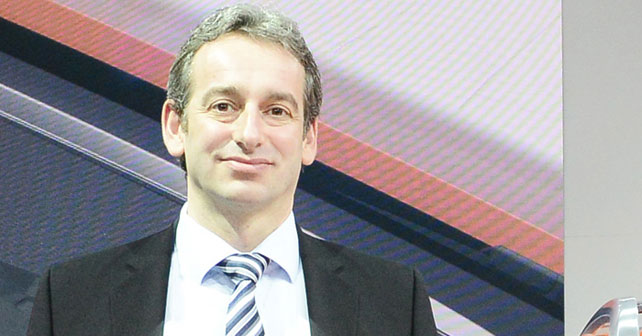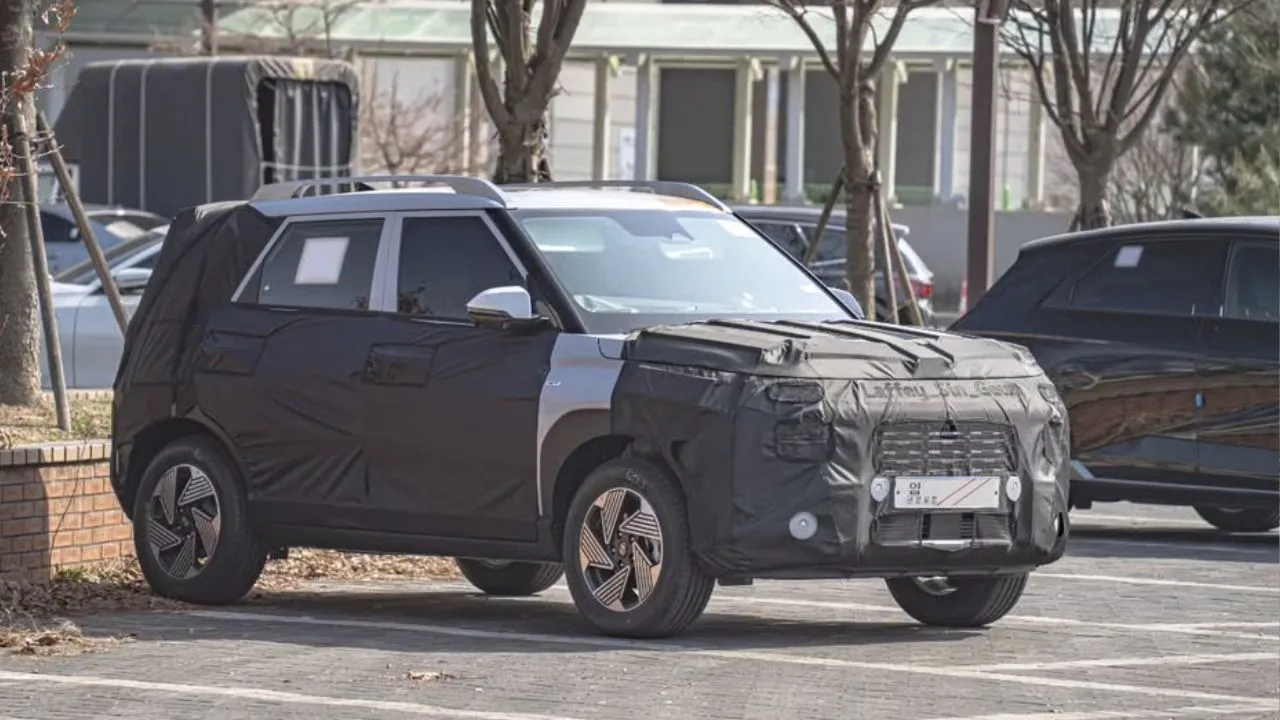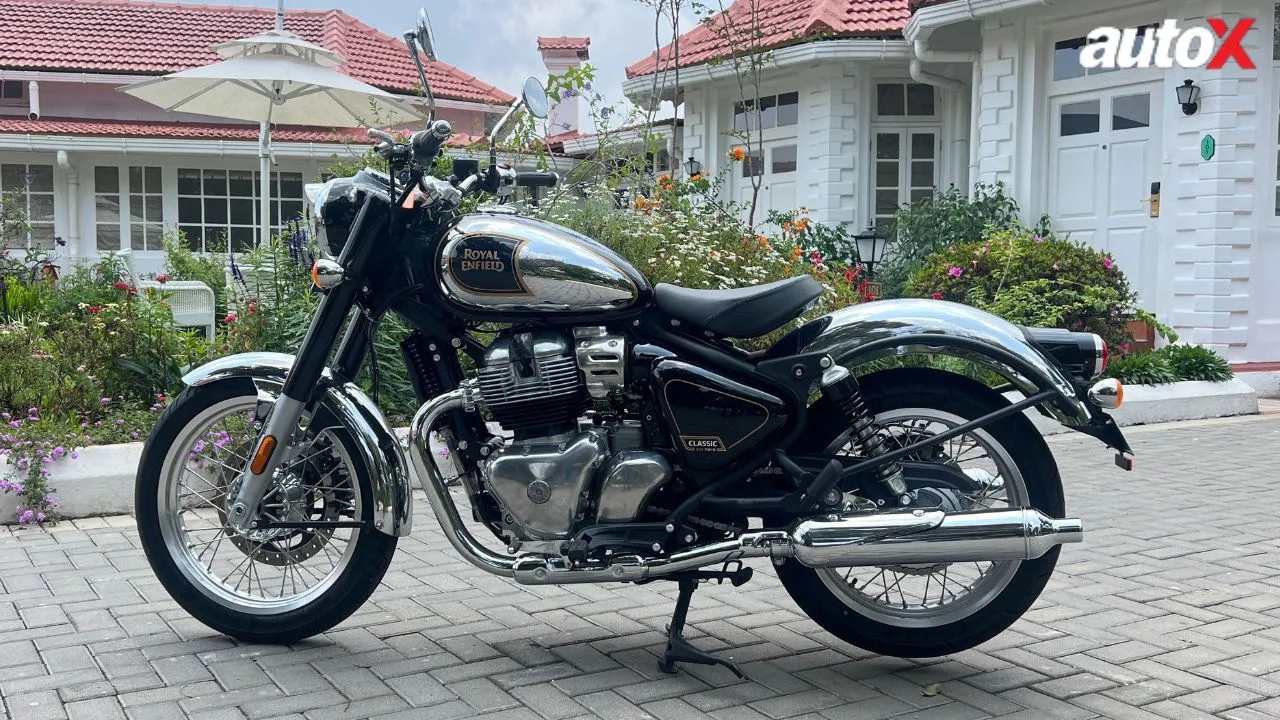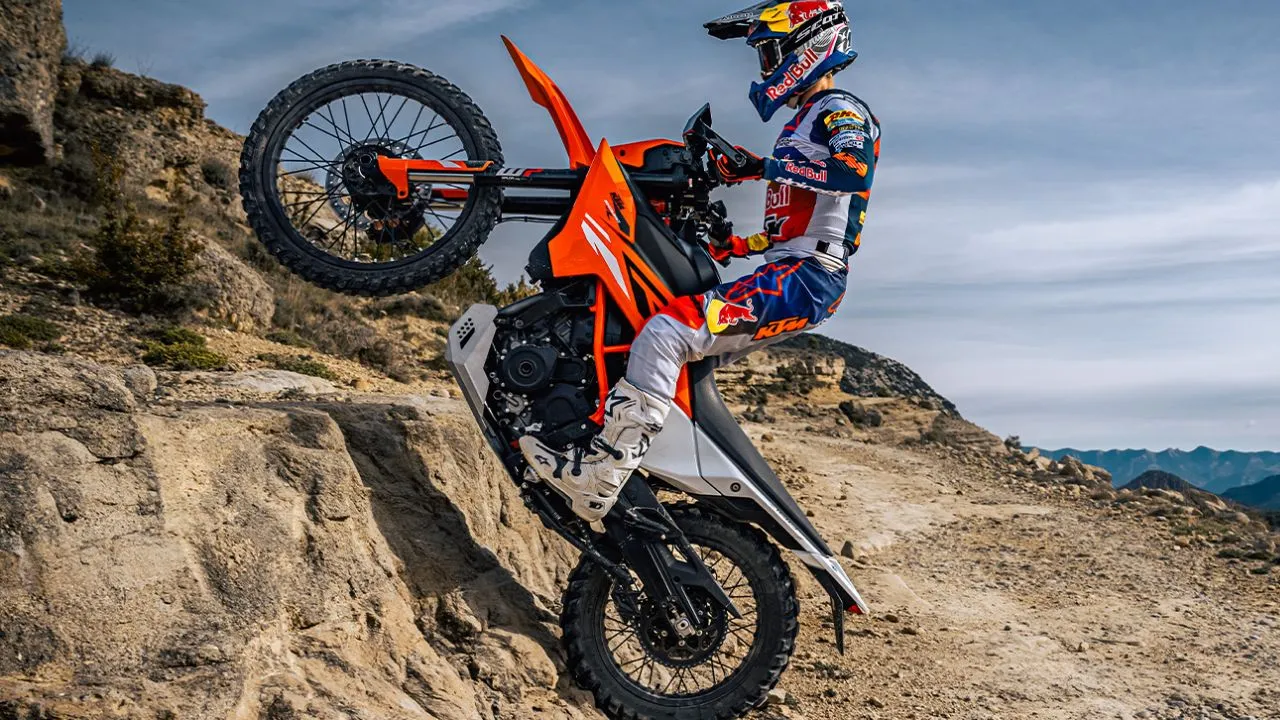Interview - Wolf-Stefan Specht
We sat down with Dr. Wolf-Stefan Specht, Executive Director - Sales, India and the Far East, to better understand the challenges facing VW, and the
We sat down with Dr. Wolf-Stefan Specht, Executive Director - Sales, India and the Far East, to better understand the challenges facing VW, and the auto industry, in India.
When can we see the Tiagun in India?
This segment is one of the fastest developing segments in India, so we are looking at it. But, the economic situation in India, especially with the exchange rate, makes life more difficult for us. We are still in the analysis phase, so I cannot promise you a date – but, of course, we know that this segment is one of the most relevant segments for Indian consumers.
How can you offset the foreign exchange risk?
We’re actually working on two things – one is that we will bring in a local engine (a 1.5 litre diesel) to India, which will be locally produced. And the other is that we’ve already increased exports. And just to name one country – Mexico – where we will deliver 40,000 units of the Vento this year, which gives us natural hedging.
By when will you start manufacturing the 1.5 TDI in India?
The plan is by the end of the year, in Chakan itself. It’s only for the Indian market, based on the regulations in India. The compact sedan segment is the fastest growing segment, along with small SUV’s, so that’s also something that we’re investigating.
What is the number one challenge that you face in India?
Exchange rate. But we are looking at all the steps in the process. Of course, product portfolio is important. Everybody knows that, and we could see last year that the only brands that gained market share were the ones that introduced a new car. But even for them, if we look at the Renault Duster for instance, which was booming until the Ecosport was introduced. And that is what is very challenging in India – nobody besides Maruti and Hyundai has a big enough portfolio to balance the lifecycle, and that’s what we have to develop for our brand in the next few years. To be more balanced.
We know in the next two years we have to find our way for India. If you look at when we started our operations, which is not such a long time ago, we had a completely different business model. In 2010, we introduced the Polo and Vento, and that decision was made when the exchange rate was 40 Rupees to a Euro, which has since doubled. This means that we’ve had to work on a completely different business model in the meantime. One thing is export business, to be more independent, and the other thing is how to produce small cars profitably – and that’s still a challenge.
What is your short-term goal for 2014?
In 2014, we are looking at consolidation. We know the first half of the year will be very difficult. We hope that from the election onwards, there is more stability in the market. And this is not only for Volkswagen, but also for the whole economy – and industry. In the second half, we are quite confident that we can improve our results a little more. Of course, we are not happy about the sales figures in total, but all 3 cars – the Polo, Vento, and Jetta – increased their segment share last year. But, unfortunately, all these segments shrunk more heavily than the total market.
We are also analysing introducing new models, but we have stress with the exchange rate. One year ago, when I started in this position, the exchange rate was 67 – and at that time we had some business cases for our assembled cars. But now, with the exchange rate at 85, or worse, it’s not profitable.
Currently do you have a long-term plan for India, or do you have to wait for the political situation to stabilize?
We are focussing on the period for the next three years to be safe. But, on the other hand, we always have a ten-year plan. That’s typical in VW. The question is how much influence external factors will have, and that’s where we have to be a little careful now.
Where do you see India in 10 years time?
I think India in 10 years will be among the 5 biggest markets in the world. I expect that the development of the SUV’s, and also the small sedans, will continue – but also MPV’s. I don’t think that the prices will rise. I think the price level we have today will remain – so it’s a challenge for all the manufacturers to be extremely cost efficient. So, we feel we have now a phase of consolidation, and then we will see growth in a few years again. That’s our estimation.
How challenging is it for VW to be cost competitive in a market like India when you have a global standard to maintain?
We have to maintain our values – fuel efficiency, responsibility, and safety. So we’ve been the first brand to offer airbags in all cars, because we know we have to take care of our customers – these are things that will develop in India over time. In the past, I was responsible for Eastern Europe, and it’s quite comparable –when that markets opened in the mid-90’s, there was not much money and they wanted cheap and dirty cars. But it changed within 10 years. Now, it’s the same as in Western Europe. And I think these things will develop in India as well – things that are not in focus today will come into the focus – and that can only be an advantage for a brand like VW. To give you one example, we had long discussions last year about introducing the Polo GT TSI model, because we knew it would be at the top of the range. Fortunately, we were very successful, and actually over achieved our target with this car – which shows that there is a demand for sophisticated technologies.
To give you another example regarding total cost of ownership. We found out that many people regard VW as being very expensive cars to service. The truth is, if you really compare apples-to-apples and look at the service intervals, you find that VW is less expensive than some of our competitors – and that is somewhere where we have to be more clear in our communication.











Write your Comment on